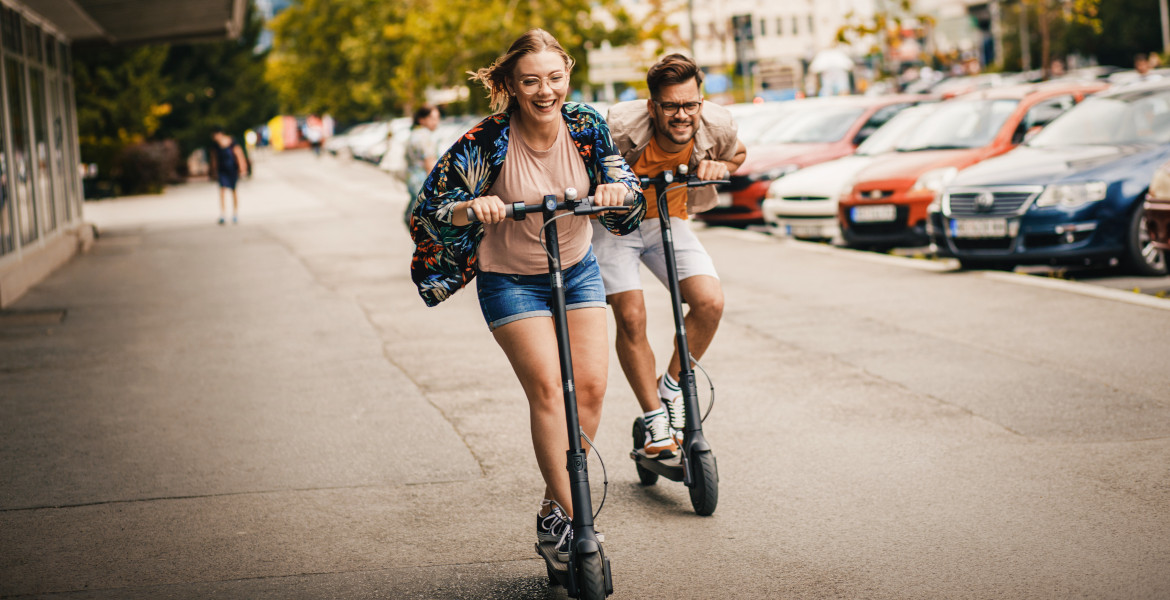Accidents involving e-scooters are primarily caused by rider behavior, according to researchers at Chalmers University.
The study reveals that e-scooter users often engage in risky activities such as deliberately crashing, using mobile phones while riding, or steering with one hand
For a number of years now, e-scooters have been a common feature on the streets of most Swedish cities, and their arrival has also meant new ways to make shorter trips quickly and easily.
At the same time, many have long pointed out that the vehicles are not only used to transport the rider from point a to point b – but that they are also used as a kind of entertainment activity, where especially young people ride around and do tricks with the bikes, or otherwise act inappropriately or dangerously in traffic.
– Unfortunately, it is clear that this type of recreational riding in some cases involves dangerous behaviors that lead to significant accident risks, says Marco Dozza, professor of active safety and road user behavior at Chalmers University of Technology and one of the authors of a study that looked at the causes of the accidents.
Using cameras and other advanced technology, they collected data from nearly 7,000 scooter trips – looking at 19 accidents and 42 incidents that came close to resulting in serious accidents.
"Not feeling the same responsibility"
In the study, the researchers were quick to note discrepancies with similar studies of other types of vehicles and saw that in 20% of the incidents, the rider deliberately created a clear risk situation or an actual crash during their ride.
Dozza says the riders' behavior is akin to vandalism and he believes that e-scooters are treated differently than other types of vehicles.
– This behavior seems to be specific to e-scooters. The lack of ownership because the scooters are rented may make the driver feel less responsible for the vehicle and less concerned about the consequences of a crash, he says.
He notes that it is mainly the driver's behavior that causes accidents – and not the scooter itself.
– There are significantly more unusual, odd, and traffic-hazardous behaviors among e-scooter riders compared to other road users.
Training requirement?
Examples include riding with only one hand on the handlebars, using mobile phones while riding, or riding together in groups – all of which increase the risk of accidents.
– You can't steer and brake an e-scooter the same way as a bicycle, so riding with one hand on the handlebars is significantly more difficult - and more dangerous - than many might think. The results confirm how important it is not to be distracted while riding. Looking at your phone or riding in large groups can take focus away from driving and the surroundings, he emphasizes.
The researchers also found that the scooters were involved in an unexpectedly high number of incidents with cars – despite the fact that they are meant to be ridden primarily on bike lanes. Most such accidents occur at intersections, and Benjamin Dozza speculates that motorists may have difficulty seeing the electric vehicles in time.
While technological solutions can improve road safety, the professor says the most important thing is behavioral change, with parents teaching their children to ride electric scooters in the same way they teach them to ride bicycles.
– Perhaps there should be a requirement for training, preferably practical training, in order to rent an e-scooter, he suggests.





